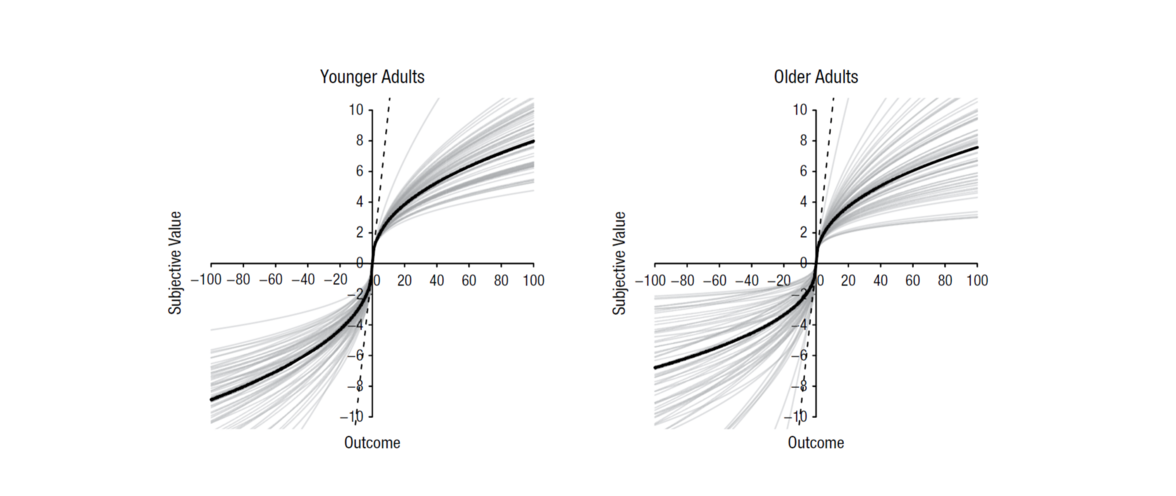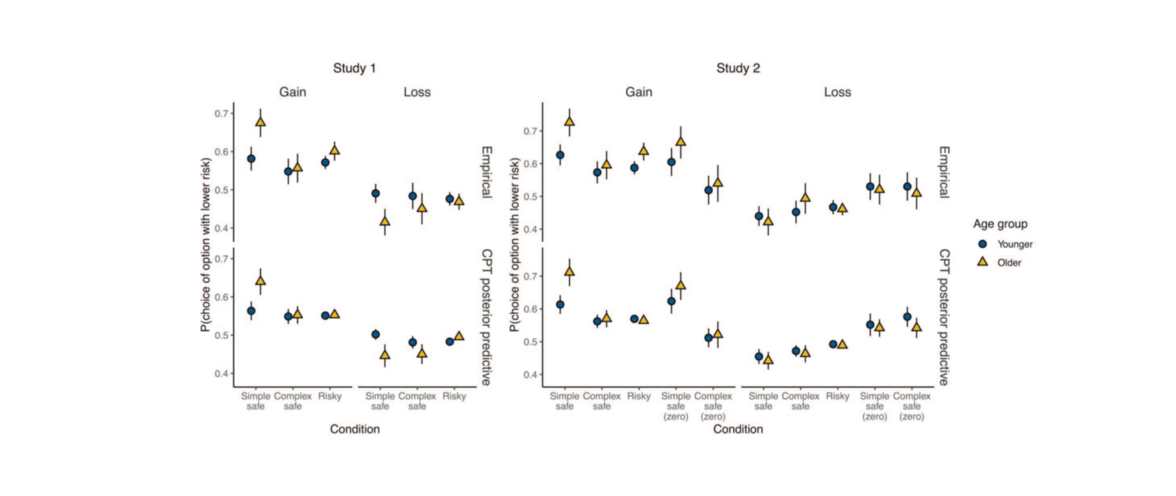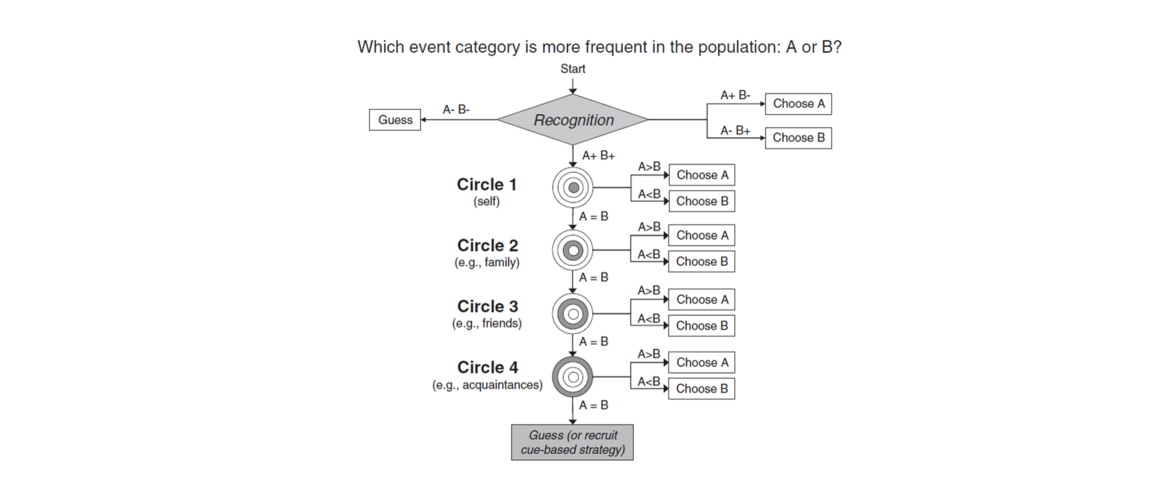The development of decision making across the life span
Whether still a child, an adult or in an old age, at all stages of life we are facing important decisions. Across the life span, there is continuous and sometimes profound change: Over time, we gain experience and knowledge, but also loose the ease with which we once learned and memorized information; we notice shifts in priorities, our social environment changes; we are facing new tasks and challenges. All these changes can affect how we process information and make decisions.
Age differences are among the frequently observed phenomena in behavioral decision research. But due to the variety of changes across the life span and the complex interplay of numerous cognitive functions and other factors, the underlying causes of these differences are far from obvious. For instance, many studies have concluded that older people are more risk averse than younger people. In contrast, Zilker et al. (2020) show that many of these findings can be attributed to the structure of the decision making task: Many cognitive functions decline as we get older, making it more difficult to process new, complex information. Accordingly, because in many decision tasks the risky option is more complex than its safe alternative, the risky option is harder to process. The authors show that, when the risky and the safe option possess the same degree of complexity, older people make as risky decisions as young people. In fact, Pachur et al. (2017) demonstrate that for similarly complex options, older people are sometimes even more risk tolerant than younger people -- which in turn can be explained by stronger postive affect among the elderly.


